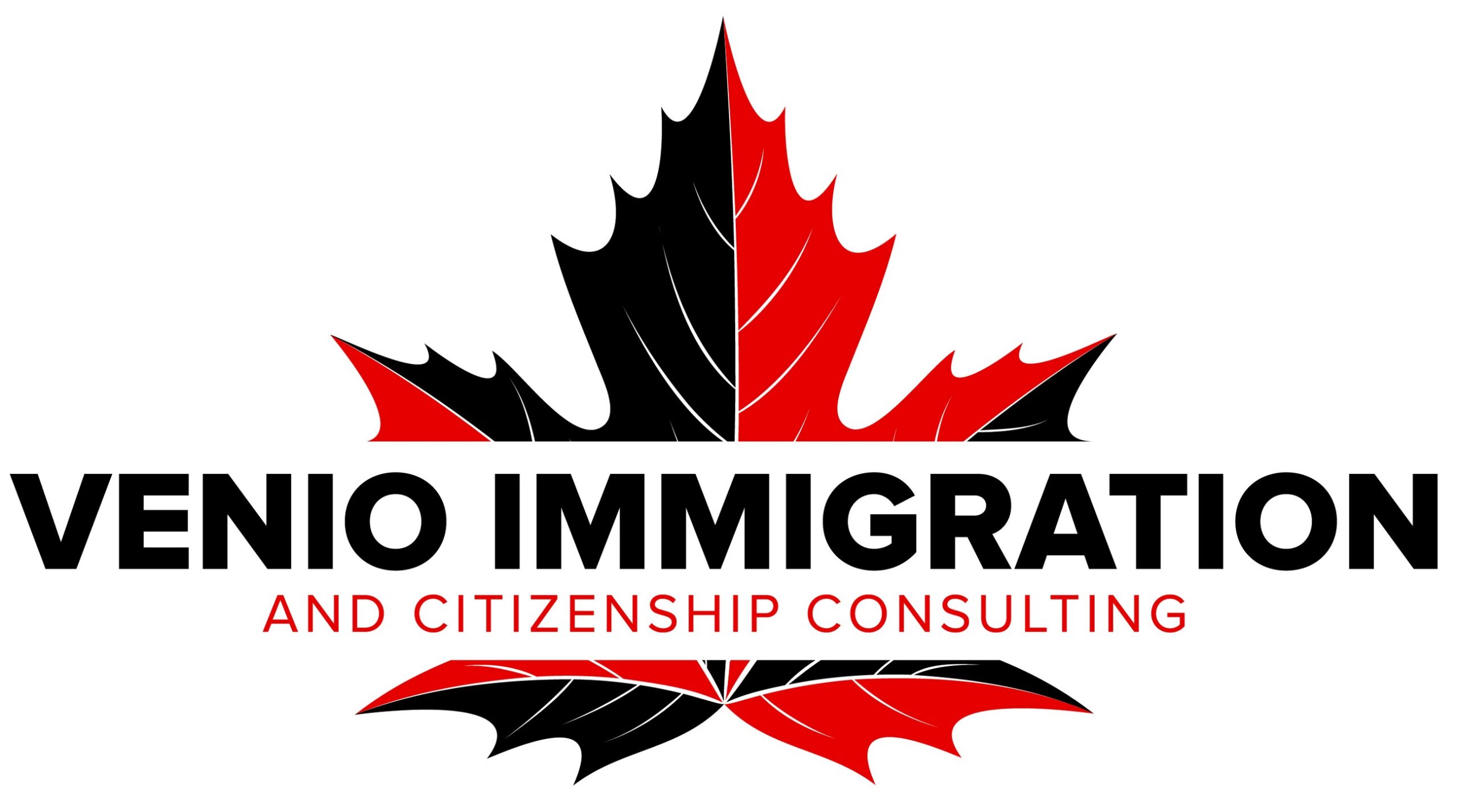Information on finding a job in Canada from abroad (Africa, France, French-speaking countries...)

See also article : How to find a job in Canada from Africa
Questions to ask yourself before starting your job search in Canada
Get a chronological Canadian CV template in French
What are your career plans?
Do you know what your professional goal is? If you don't, it's possible that you're scattered in your search and you're not getting anywhere.
To find a job in Canada, you need to know what type of position you're looking for and what the requirements of that position are. Once this has been clearly defined, you need to put in place a multi-step plan to achieve your goal.
Your past and present professional situation
What work experience and training do you have? What is your current professional situation? Which companies have you worked for in the past and which do you work for now? What do you like about your job? What have you learned? What do you know how to do? What do you dislike and would like to change?
Your professional goals and desires
How do you see your professional future? Would you like to continue in your current job or change careers? If you want to change, what job would you like to do? Do you have what it takes in terms of technical and behavioral skills, as well as academic training for your future career? What do you still need to learn, acquire or perfect to be competitive on the local and international job market?
Implementing your professional project
Once you've answered the above questions, put in place a detailed plan to achieve your career goals. Don't delude yourself with wishful thinking. These objectives must be SMART, i.e. Specific, Measurable, Attainable, Realistic and Time-bound.
- Skills to be acquired
- Transferable skills to maintain
- Training to follow
- Professional experience (jobs and internships) to be acquired
- Languages to learn or improve
- Professional network to develop
- Workplace behaviors and culture
- Life skills to adopt in a multicultural environment
- Computer tools (hardware and software) to learn and master
- Build relationships to expand your professional network
National Occupational Classification (NOC)
The NOC is a list of all existing occupations on the Canadian job market. Whatever the trade, it has a code in the NOC.
The role of the NOC is to precisely describe jobs by level and type of skill required.
The NOC is used for many immigration programs, including economic immigration, provincial nominee programs and the temporary foreign worker program.
There are 5 types of professions:
- TEER 0 - Management positions
- TEER 1 - Occupations generally requiring a university degree
- TEER 2 - Occupations generally requiring: a college diploma, an apprenticeship of 2 years or more, or supervisory duties.
- RRIF 3 - Occupations generally requiring: a college diploma, an apprenticeship of less than 2 years, or on-the-job training of more than 6 months.
- RRIF 4 - Occupations generally requiring: a high school diploma, or on-the-job training lasting several weeks.
- RRIF 5 - Occupations generally requiring short-term demonstration of work and no schooling
To find out if you are eligible for programs with work experience as an eligibility criterion, you need to determine your NOC code. You'll also need a letter from your employer and other evidence to support your experience. Contact us if you need help determining your NOC code or gathering evidence of your work experience.
Labour Market Impact Assessment (LMIA)
An LMIA is a document that a Canadian employer must obtain from ESDC before hiring a foreign worker. This document determines whether the foreign worker can be hired based on two main factors:
- Is there a real need in the Canadian job market?
- Are there not enough Canadian citizens and permanent residents to do the job?
If the answer to any of these questions is no, the employer will receive an unfavorable LMIA and will not be able to hire the foreign worker. On the other hand, a positive LMO indicates that the foreign worker fills a shortage and that no Canadian worker is available to do the job; in this case, the employer will receive a positive LMO confirmation letter and will be able to recruit to fill the need.
If you want to increase your chances of finding a job in Canada, you may want to target sectors with labour shortages and occupations in demand in Canada.
Some immigration programs with a "job offer" component or opportunities to work in Canada
Details of these programs can be found on the respective Government of Canada, provincial and territorial websites listed in the first chapter of this book.
Federal programs
- The Temporary Foreign Worker (TFW) program
- Study permit (you can work up to 20 hours a week during classes, and full-time during school vacations and public holidays).
- Post-Graduation Work Permit
- Atlantic Canada Immigration Program (New Brunswick, Newfoundland and Labrador, Nova Scotia, Prince Edward Island)
- Pilot immigration program for rural and northern communities.
- The agri-food pilot program
- Express Entry programs: Federal Skilled Worker Program, Canadian Experience Class, Federal Skilled Trades Program
Provincial and territorial programs
Ontario
- Employment opportunities: foreign workers
- Job opportunities for foreign students
- In-demand skills section of the POCI Job Offers category
Quebec
- Quebec Skilled Worker Program
- Self-employed workers in Québec
- Quebec Experience Program
British Columbia
- Express Entry
- Semi-skilled worker
Manitoba PNP
- Skilled worker abroad
- Skilled worker in Manitoba
- Careers section
- Internship component
Alberta
- Express Entry
- Alberta opportunities
Saskatchewan
- Express entry-skilled worker
- Skilled worker
- Skilled worker - occupations in demand
- Skilled worker with job offer
- Health occupations
- Hospital pilot project
- Long-haul truck driver
- Students
New Brunswick
- Express Entry
- Skilled workers with employer support
Nova Scotia
- Skilled worker
- Low-skilled worker
- Doctor
- Job market priorities
- Express entry
- Trades and professions in demand
Newfoundland and Labrador
- Express entry-skilled worker
- Skilled worker
- International graduate
Prince Edward Island
- Skilled worker
- Occupations in demand
- Essential workers
- Express entry
- Foreign graduates
Northwest Territories
- Skilled worker
- Express entry
- Semi-skilled worker
Yukon
- Express entry
- Skilled worker
- Foreign workers in communities
- Strategic employees
Some websites and portals to find a job in Canada
- Guichet Emploi - https://www.guichetemplois.gc.ca
- Monster - https://www.monster.ca
- Workopolis - https://www.workopolis.com
- Jobillico - https://www.jobillico.com
You can also do your research on the websites of Canadian companies you'd like to work for and contact them directly.
The Canadian CV
Your CV in Canada must meet the following criteria:
- Be real in your CV
- Take care of your layout, use normal letter size
- Use a basic font such as Times New Roman, Arial, Calibri or Garamond.
- Don't use colors, unless you're in the creative field. Otherwise, your CV should be in black and white.
- Avoid too many pages. One page is enough, or a maximum of 2 pages.
- Don't put your photo on the CV
- Do NOT put your marital status, number of children, age, gender, social insurance number or any other private information on the CV.
- Tailor your CV to the position you're targeting, and mention only the experience, skills and training required for the job.
- Leave valid contact details so that you can always be reached.
- Present your CV with care and avoid spelling and grammatical errors.
The chronological CV
On a chronological CV, you focus on your work experience, highlighting the positions you've held, your achievements and the tasks you've performed. In general, start with the most recent experience and end with the oldest.
Get a chronological Canadian CV template in French
The functional or skills-based CV
On the functional CV, you focus on your skills. This type of CV is recommended when you have a lot of experience. It highlights the skills you've acquired during your jobs, internships or volunteer activities.
The mixed CV
It combines the chronological and functional CVs, allowing you to emphasize both your experience and your skills.
The CV must include :
- Your personal information: first and last name, address, telephone number and e-mail address.
- Your career objective, i.e. the job title or a short text showing how you meet the job requirements.
- Your professional experience
- Your studies
- Your language skills
- Your technical and behavioral skills
If you'd like a ready-to-use CV template, visit our store.
Presentation letter
You must write a cover letter if required in the job offer. Visit our store to download a sample cover letter adapted to the Canadian job market.
See also article : How to find a job in Canada from Africa







